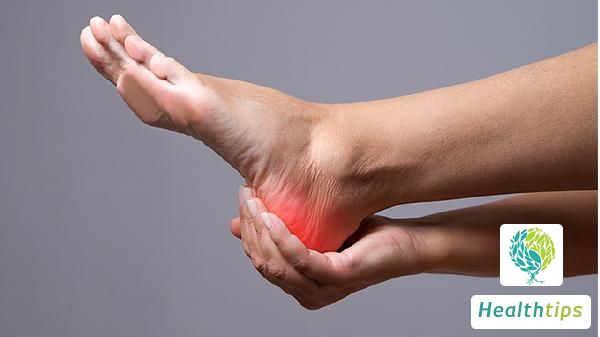What Are Multiple Small Liver Cysts and How to Deal with Them?
When such situations occur, it is important to promptly go to the hospital for examination, as there are many reasons that can lead to such symptoms. One of the more common reasons is the presence of cysts within the liver. Often, liver cysts can be either solitary or multiple, and depending on the symptoms, different treatment methods may be required.

1. Causes of Multiple Small Cysts in the Liver: Small bile ducts within the liver may become obstructed due to inflammation, edema, scarring, or stones, leading to increased secretion or bile retention. This can result in the formation of single or multiple cysts. Additionally, blunt liver trauma can cause late-stage central ruptures, leading to the formation of cysts filled with blood or bile and surrounded by fibrous tissue. Multiple cysts can also develop due to developmental disorders of the intrahepatic bile ducts and lymphatic vessels during embryonic development or due to cholangitis during fetal development, which can lead to the occlusion of small intrahepatic bile ducts, cystic dilation of the proximal end, and degeneration of the intrahepatic bile ducts.
2. Management of Multiple Small Cysts in the Liver: For patients with scattered small cysts in the liver, if the cysts are small in diameter and after excluding metastatic liver tumors, liver hydatidosis, or other neoplastic lesions in the liver, upper abdominal ultrasonography can be performed every six months or one year to observe changes in the diameter of the cysts. It is also important to be aware of the possibility of polycystic liver and kidney disease. If ultrasonography reveals multiple small cysts in both the liver and kidneys, polycystic liver and kidney disease should be considered. This is a genetic disorder that does not have a specific and effective drug treatment. Early detection and observation are crucial, and active treatment should be initiated when the cysts exceed a certain size to prevent liver and kidney failure.
For general multiple small liver cysts, continued observation is recommended. If the cyst diameter exceeds 5cm, patients may consider ultrasound-guided aspiration and drainage of the liver cyst, followed by the injection of absolute alcohol into the cyst wall through the catheter to destroy it. If there are numerous small liver cysts, and many of them have a volume exceeding 5cm, laparoscopic deroofing and drainage of the liver cyst may be an option. This procedure involves removing a portion of the cyst wall at its lowest point and placing a drainage tube in the abdominal cavity. Patients typically recover and improve within about a week.



















